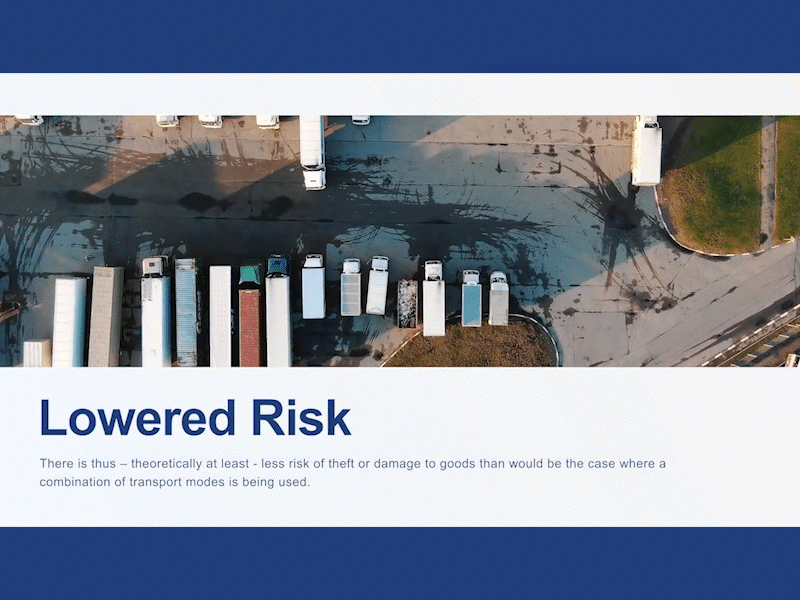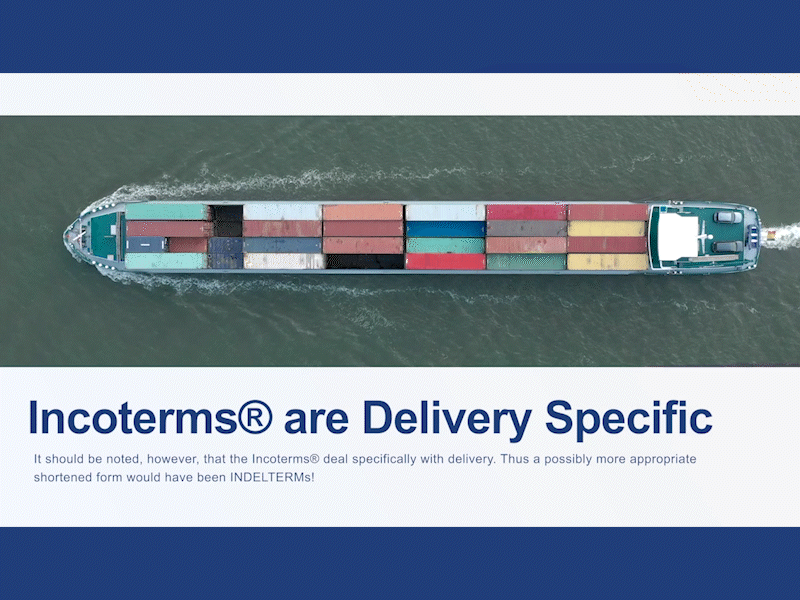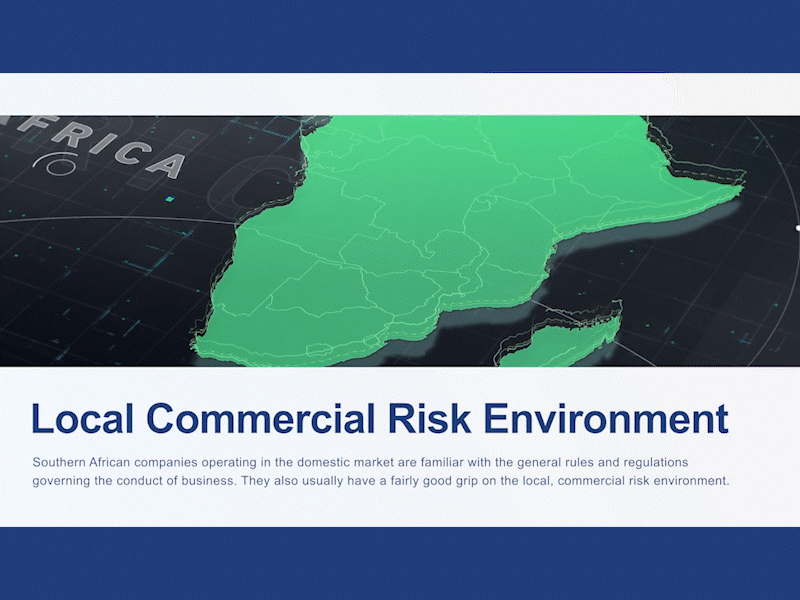For many businesses succeeding in local markets, getting involved in foreign trade becomes the logical next step for growth. This process, however, requires the optimisation of many aspects of your business and, of course, ensuring that your product(s) are ‘exportable’. Prior to launching into international trade, your first step is to assess the capabilities of your company.
Assessing your Company’s Capabilities
You will need to ensure that your business processes meet internationally agreed standards. These standards are set by the relevant global bodies and are usually incorporated into the import regulations of the markets you may be targeting. An example of this is the ISO 9001 Quality Management System. Once your operations meet the ISO quality standards, you will need to evaluate your available production capacity. You will require sufficient spare capacity to be able to cope to meet export orders which often way exceed the size of local orders. Your next task will be to determine whether or not you have sufficient budget to meet your start-up export costs. Engaging in foreign trade will require an additional budget to cover international marketing and sales costs, as well as your working capital costs while you await payment. Keep in mind this may be further amplified by exchange rates, export tariffs and even unique country requirements. You will also need to up-skill yourself/your staff in export procedures, ensuring that, for example, you become familiar with both local and foreign international trade control regulations, ways of mitigating foreign exchange risk, customs clearance procedures, etc. Fortunately, there are various government and private sector entities that offer various forms of export assistance, ranging from market information and in-market promotion activities, to export finance.

Assessing Foreign Trade Markets
Once your company is export ready, your next step will be to select one or two potential foreign markets. As touched on previously, you may encounter a plethora of unexpected barriers to entry. Differences in language, culture, climate and terrain may all heavily influence the viability of supplying those markets. Furthermore, some of your potential markets may be part of regional trading blocs or preferential trade agreements which exclude goods being produced in your country rendering your offerings uncompetitive.

Importance of Adapting your Marketing
Understanding the nuances of a country’s culture and language will help you formulate your international marketing strategy. An effective marketing strategy is an essential part of preparing your company for exports as without one, you are unlikely to achieve the business expansion you are seeking. Potential markets should be carefully researched and the results analysed to ensure that your strategy is viable both from a marketing and a financial perspective.
In this article we have briefly mentioned the steps involved in adapting your business for foreign markets. They include assessing your product’s exportability and your company’s capabilities, determining the ease of penetrating your target markets and developing a suitable marketing strategy. There is a lot more to these steps, however, than we are able to cover here. It is vital that you understand exactly what is required to enable you to achieve export readiness so that you can formulate a winning export strategy.
To help you evaluate the exportability of your products and prepare your business for supplying international markets, Trade Forward Southern Africa, in collaboration with the International Trade Institute of Southern Africa, has created a free and comprehensive online training course that provides invaluable export assistance to all those contemplating expansion into international markets. Click the links below to sign up for free and get started.
To sign up to the School of Export CLICK HERE.
If you already have a profile, CLICK HERE to login to begin the module.










Leave a Reply